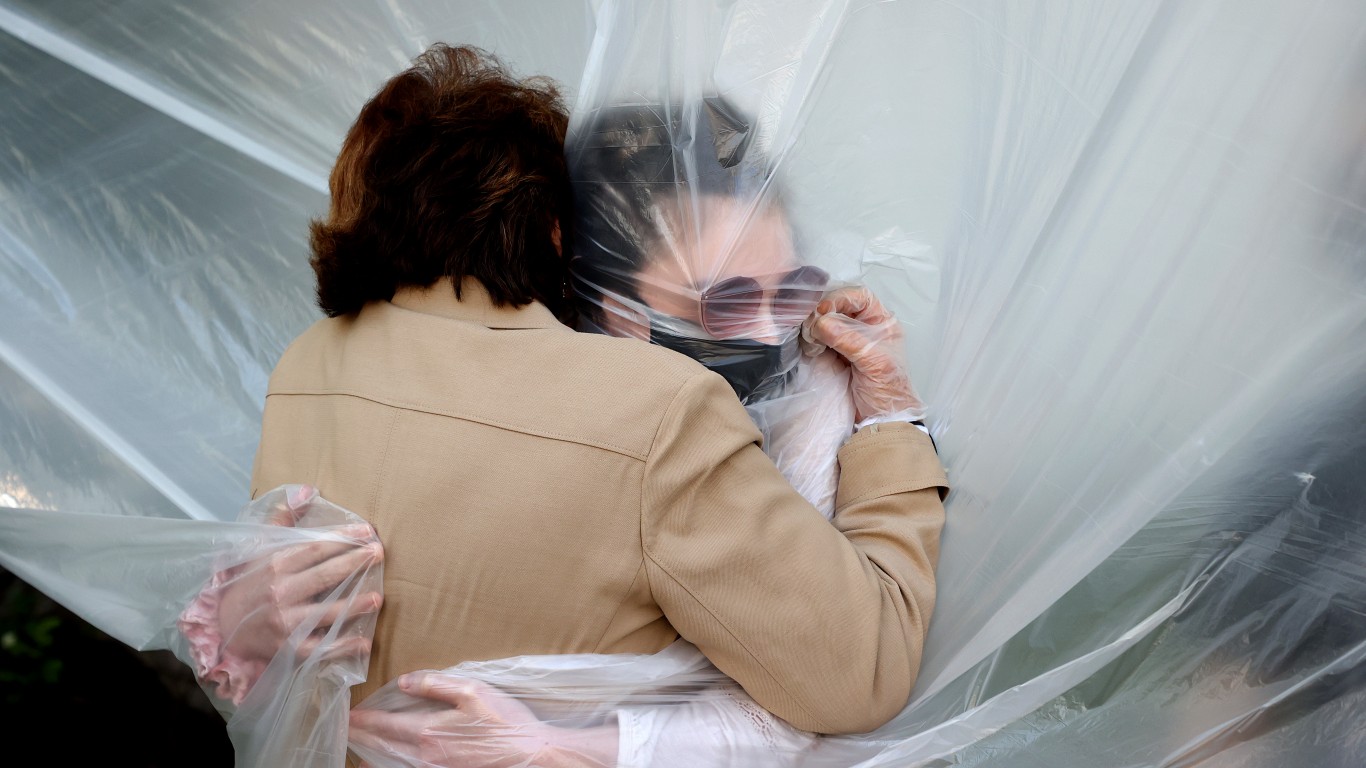
This post may contain links from our sponsors and affiliates, and Flywheel Publishing may receive
compensation for actions taken through them.
While the pace of the growth of COVID-19 has slowed across the country — it’s rising at less than half the rate it was seven weeks ago — the confirmed U.S. case count has reached 28,904,197 — about 25% of the world’s total.
Similarly, though total cases number 519,014 to date, the pace of daily deaths from the disease is now about half what it was in mid-January.
As another measure of improvement, hospitalizations across the country have dropped below 50,000 for the first time in four months.
Yet, worries remain, and one of the most recent voices of concern came from the White House, through Rochelle Wolensky, M.D., just appointed by President Biden as director of the Centers for Disease Control and Prevention (CDC). These are some things that concern her.
Click here to see what worries the experts the most

Things may be improving, but not enough
Dr. Walensky expresses worry that, although COVID-19 statistics had improved sharply, the trend hasn’t gone far enough. “The latest data suggest these declines may be stalling, potentially leveling off at a very high number,” she says. “We at CDC consider this a very concerning shift in the trajectory.” Comments by Dr. Anthony Fauci, director of the U.S. National Institute of Allergy and Infectious Diseases and the chief medical advisor to President Biden, support that view.
[in-text-ad]

What is the trend?
A look at charts and graphs recording the rates COVID-19 cases and deaths nationwide shows an initial spike, mostly in the Northeast and New York City, in March and April. Another spike developed in mid-summer, across much of the South, Texas, and Arizona. Another one developed late in the year in the Dakotas. The worst spike of all was the “post holiday spike of December and January.” Despite declines in the past few weeks, the figures have flattened, which is the primary reason for concern.
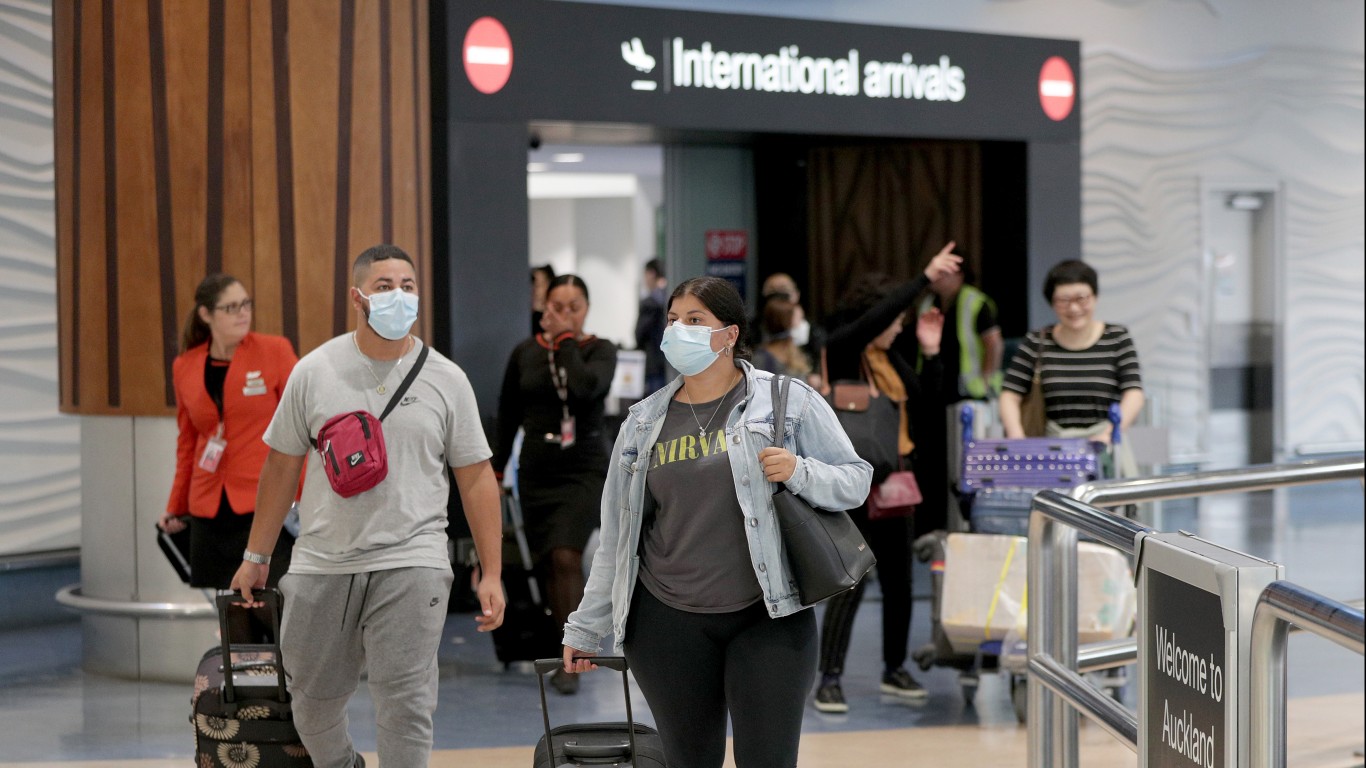
Variants could cause another surge
The CDC has tracked numerous variants of the coronavirus, the most prominent of which have entered the United States via Brazil, South Africa, and the United Kingdom. The agency reports on them to the public via its U.S. COVID-19 Cases Caused by Variants report. The data show that variants have spread to 46 states. This is one reason that Walensky is worried.
Among the unknowns about variants is how quickly they spread, whether they are more deadly than the version of the disease that has been dominant in the country since January of last year, and whether current vaccines can treat them. If there is another surge, as the CDC worries there will be, variants may be the cause.
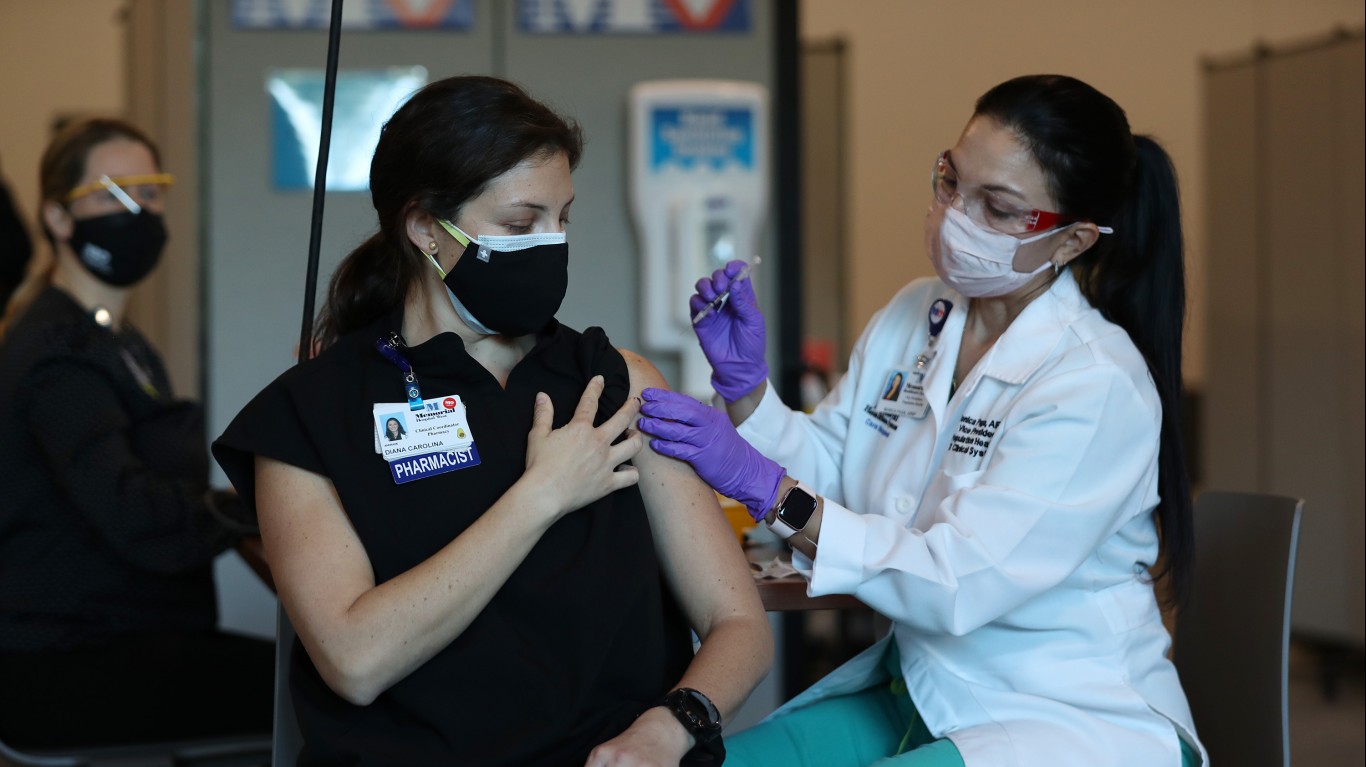
Vaccination rates are better than expected
One favorable trend that should mitigate worry is the pace of vaccinations. In December, the Trump administration indicated that much of the American population would be vaccinated early in 2021. That turned out not to be the case. The Biden administration has ordered a large number of new doses but does not expect another 200 million to be delivered entirely until July.
Currently, about 15% of American adults have received at least one dose, and just under 8% have been given two shots. This state has done the worst at giving two vaccine doses.
[in-text-ad-2]
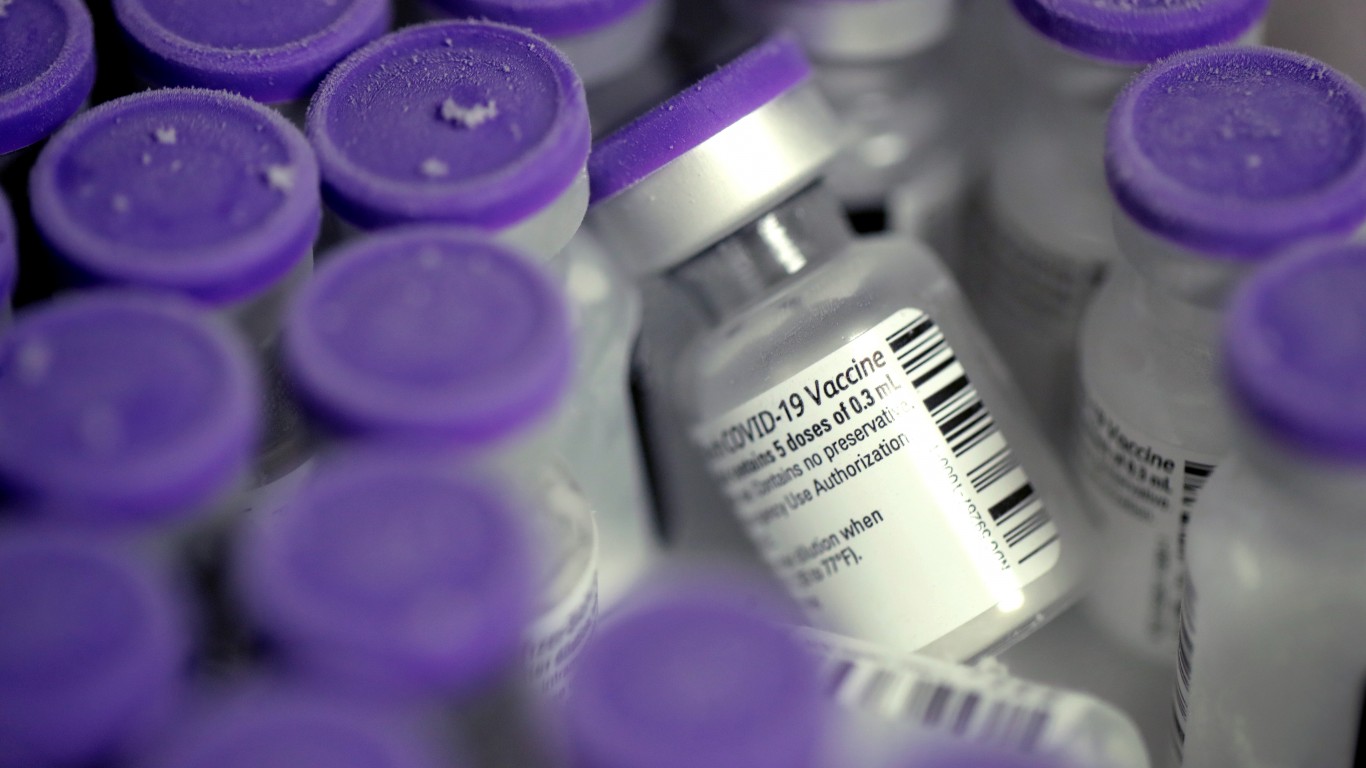
Not enough people have been vaccinated yet
In raw numbers, 96,402,490 doses have been distributed and 75,236,003 shots have thus far been administered. However, there are about 255 million people ages 18+ in America, so the vaccination rate has a very long way to go. These are the states that have done the best in rolling out vaccines.
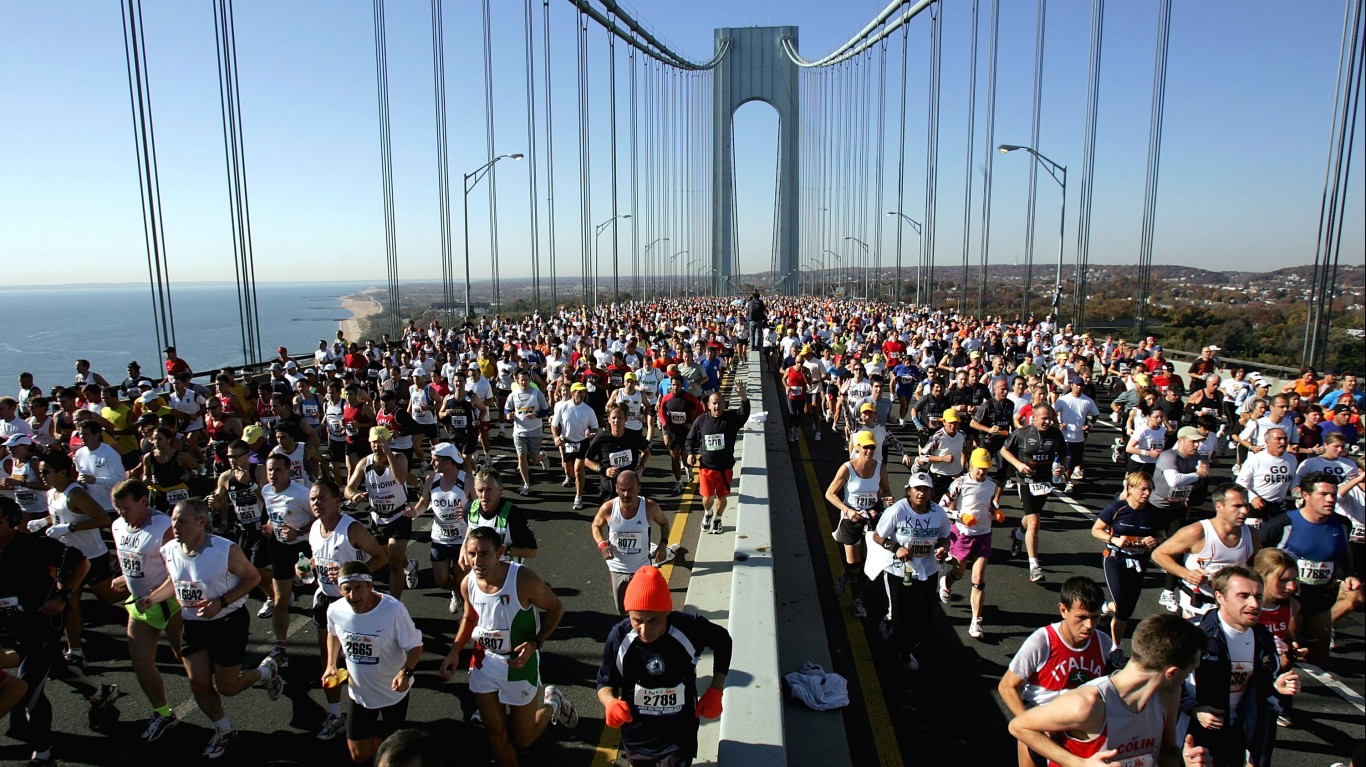
We’re not sure when we’ll achieve herd immunity
Definitions of herd immunity vary. Most often, the term means that when 70% to 80% of a population has been either infected or vaccinated, the spread of the disease and the pace of fatalities will slow substantially. At least one expert believes the U.S. will reach herd immunity soon.
Not everyone is so sure. Among the unknowns is exactly how many people in the United States have been infected. While the official number is less than 30 million, some epidemiologists put the figure at double that. Poor testing and the presence of asymptomatic cases have been blamed for the difference.
[in-text-ad]

Carelessness is a concern
Despite the rollout of the vaccines and declining case numbers and death rates, the United States has reached an inflection point. The good news in the fight against COVID-19 might encourage people to let down their guard, and forget precautions of mask-wearing, social distancing, and avoiding closed spaces. This carelessness seems to worry Dr. Walensky the most.
Cash Back Credit Cards Have Never Been This Good
Credit card companies are at war, handing out free rewards and benefits to win the best customers. A good cash back card can be worth thousands of dollars a year in free money, not to mention other perks like travel, insurance, and access to fancy lounges. See our top picks for the best credit cards today. You won’t want to miss some of these offers.
Flywheel Publishing has partnered with CardRatings for our coverage of credit card products. Flywheel Publishing and CardRatings may receive a commission from card issuers.
Thank you for reading! Have some feedback for us?
Contact the 24/7 Wall St. editorial team.

